You are here
Villa Doria Pamphilj - Monteverde
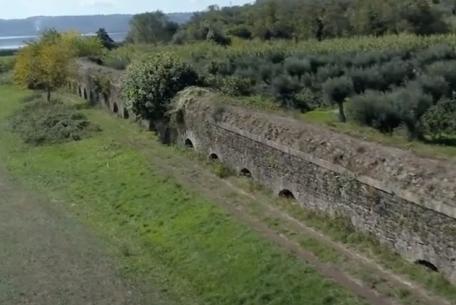
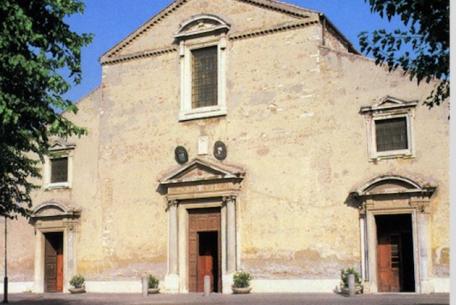
The basilica of San Pancrazio stands on the Janiculum hill, and is one of the minor basilicas of Rome.
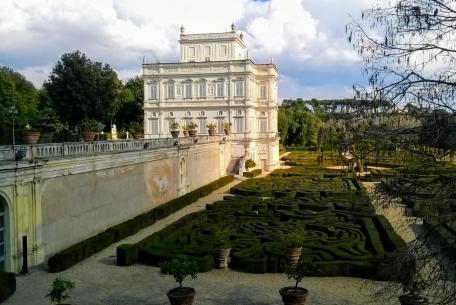
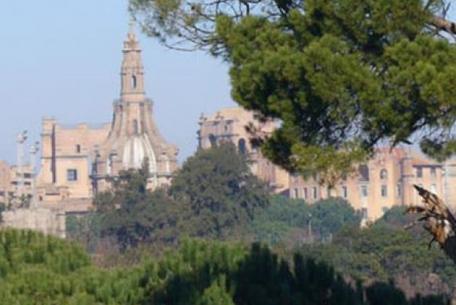
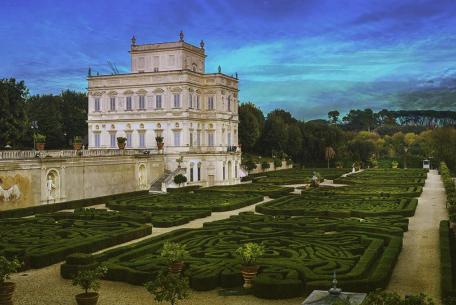
A Pamphilj family's country residence, Villa Doria Pamphilj took on the aspect of a sumptuous noble country residence under pope Innocent X (1644-1655).

The present look of the villa is the result of changes carried out in the first years of the 20th century by the last owners George Wurts and his wife Henrietta Tower.
A Seventeenth-century noble country residence, today the splendid Villa Doria Pamphilj is the largest park and one of the best-preserved villas in Rome.
Its 184 hectares are the ideal setting to enjoy an all-round experience of nature, history and art. Its 184 hectares are the ideal setting to enjoy an all-round experience of nature, history and art. Crossing the majestic Arco dei Quattro Venti, built between 1865 and 1859 on a project by Andrea Busiri Vici, you find a unique place. Here, you can practice outdoor sports, take a pleasant walk or have a picnic in the shade of monumental trees, and discover art treasures showing an unusual side of Rome.
The architectural masterpiece of the Villa is the magnificent Baroque-style Casino del Bel Respiro, built starting from 1644. Also known as Casino di Allegrezze or dell’Algardi, it is now the seat of representation of the Presidency of the Council during the visits by Heads of State and Government. Outside is the enchanting Secret Garden, a true jewel of landscape architecture: hedges cut into the shape of a dove and a lily, heraldic symbols, evergreen and exotic plants, flowers, a bronze fountain and two romantic fish ponds. A curiosity: the garden was the set of the long walks of the pontiff in The Young Pope by Paolo Sorrentino.
A little further on is the 17th-century Giardino del Teatro, embellished with fountains and a nymphaeum. Together with the ancient hunting reserve, Valle dei Daini, the 19th-century Greenhouses with the Palm Garden, the historical pinewood, the waterfalls and ponds, makes the park a real garden of wonders. There is no lack of remarkable archaeological testimonies: from the Trajan-Paul Aqueduct, on the northern border along Via Aurelia Antica, to Roman funerary structures, up to the Casale di Giovio, which stands on a tomb from the imperial age.
Behind the Janiculum Hill is Monteverde district, which takes its name from the hill from which, in ancient times, a yellow-green tuff was extracted. At the beginning of the 20th century, Monteverde Vecchio was born with the construction of refined Art Nouveau villas, which evoke the warm, elegant and informal atmosphere of a quiet residential area. After the war, the district expanded with Monteverde Nuovo, whose nucleus is Piazza San Giovanni di Dio. Here, you can browse the stalls of food specialities, vegetables and fresh fruit in the colourful local market.
Between a bite of a delicious croissant, a cocktail or a dinner in one of the many restaurants in the area, you can discover the masters of cinema favourite corners. Among the movies shot here are Magnificent Presence and Facing Windows by Ferzan Özpetek, Crime Novel by Michele Placido, The Pizza Triangle by Ettore Scola and Celluloide by Carlo Lizzani. Monteverde was also the district where Pier Paolo Pasolini lived and set part of his novel Ragazzi di vita (The Street Kids) there.
Walking through its streets, you will discover an eclectic neighbourhood, rich in history and greenery. Do not miss the Basilica and the catacombs of San Pancrazio, part of the Valle dei Casali Nature Reserve and Villa Sciarra, one of the most evocative parks in the capital, built on the area of the ancient Horti di Cesare. The ideal place if you like to take an outdoor stroll, this villa is an idyllic garden and a triumph of statues and fountains inspired by satyrs and nymphs.











































